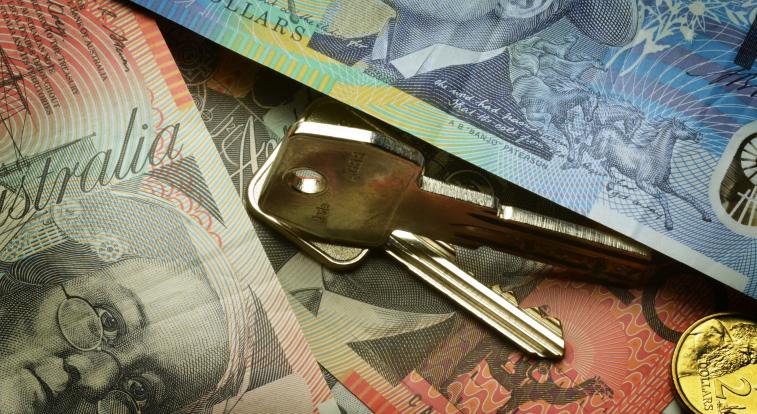
Economics 101: What does the RBA even do?
It’s probably the single-most important economic institution in the country, and most people have no idea what it actually does.
I’m talking about the RBA – the Reserve Bank of Australia. It’s a plucky little bank. If it continues to work hard at practice it might be able to break out of the reserves into the first division.
No, the reserve bank is the government bank. It manages the countries financial reserves. Every country has their own version. The US has The Federal Reserve (the Fed.) Germany has the Bundesbank, and once Europe got together and formed a common market, they made a reserve bank for all of Europe – The European Central Bank (ECB).
Now, from our perspective, the RBA, like all central banks, has two key functions. They control the amount of money, and they control the price of money.
As you can imagine, both of these things are pretty important for the economy.
The RBA controls the amount of money in the financial system by controlling the country’s printing presses. I mean that literally, in the sense that the RBA literally prints the things we use as money – they do everything from design to printing to distribution.
However, and probably more importantly these days, they control the amount of digital money in the system as well. They literally have the ability to tap a button on a computer and make money out of thin air.
From there it filters into the economy. They either buy government debt (which they’ve been doing a lot of lately) and it goes through government coffers. Or they lend money into the financial markets.
And in that way they control how much money is slushing around the economy.
The RBA also controls the price of money.
What’s the price of money? Interest rates.
The control interest rates by deciding what they want to charge the large financial institutions they lend to. Those large institutions take the money, tack on a premium and lend to smaller institutions, for example, who themselves tack on a premium and lend it on, and so on.
The RBA changes the base-rate of interest, and all interest rates in the economy adjust accordingly.
In that way, they can influence the price of money everywhere.
So that’s what they do. They control the amount of money and they control the price of money.
But ‘why’ do they do that.
Well, the RBA has three objectives in its mandate – full employment, a stable currency, and the welfare of all Australians.
Since the 1990s, the general consensus is that the best way to do achieve all of that was to target inflation, and keep inflation within a 2-3% target band.
(A little bit round-about, but hey, economists!)
It was also decided, about that time, that the best way to do that was to make the RBA independent, and to keep the money-levers out of the hands of politicians, who tend to think over fairly short time horizons.
And so the RBA gets to effectively do what it wants. It gets to control the amount of money in the system and the price of money, with a view to keeping inflation contained.
Since the price of money is a more nuanced tool than the amount of money, in practice, when the RBA thought inflation was going to go above the target band, it would increase interest rates. When it thought it was going to go below, it would decrease interest rates.
That’s why RBA watchers are effectively inflation watchers, and it’s why the financial media has such an interest in inflation. (More on that later).
So this is our basic understanding of the RBA. It’s an institution that controls the amount and the price of money and who wants to keep inflation between 2-3 percent. When the economy is slowing down, they cut rates. When it’s heating up, they lift rates.
This is still the case, though once Covid hit, the RBA slashed rates as low as they could possibly go. Since then, they’ve been leaning more into using the amount of money in the system.
They’re targeting the quantity of money in the system.
And that is where we get the term ‘quantitative easing’. You might have heard of it. It’s an unnecessarily fancy term for money-printing.
And since most central banks around the world are doing something similar, it’s why some economists call this the ‘quantitative easing era’.
All good?
Great. This is the basics. If you can understand this much, you’ll be ahead of most people.
I’ll talk more about how interest rates impact the economy in another post.
DB.